Emu, flightless bird of Australia and second largest living bird: the emu is more than 1.5 metres (5 feet) tall and may weigh more than 45 kg (100 pounds). The emu is the sole living member of the family Dromaiidae (or Dromiceiidae) of the order Casuariiformes, which also includes the cassowaries.
Description of the Emu
This species is quite large, with long legs, relatively small wings, and long necks. They use their long legs to run along the ground. Each foot has three forward facing toes, each of which has a long toenail. When threatened, Emus use their muscular legs to kick and defend themselves.
This bird's wings are virtually useless, as they cannot fly. Their feathers are soft, fluffy, and brown. At their necks and heads their feathers become sparse and inconsistent, showing greyish-blue skin underneath. The largest of these birds stands over 6 feet tall, and weighs up to 88 pounds or so.
Where do Emu live?
Emus are only found in Australia. They're highly nomadic and their range covers most of the mainland. Emus were once found in Tasmania, but were exterminated by early Europeans. The two dwarf species that inhabited Kangaroo Island and King Island are now also extinct.
An Emu's preferred habitat includes open plains but they're also found in snowfields, forests and savannah woodlands. They seldom inhabit highly populated areas, rainforests or arid regions, but permanent water sources for stock has increased numbers in more arid areas.
According to the IUCN their conservation status is of 'least concern'. In Australia here are between 625,000 to 725,000 wild emus. Globally they are farmed for their meat, leather and oil; there are about 1 million domestic emus in the United States alone! (US Dept of Agriculture)
Emu Habitat
The Emu is common in mainland Australia but will avoid heavily populated areas, arid land and dense forests. They can survive in most habitats throughout Australia but most common locations are sclerophyll forests and savanna woodlands and grasslands.
Emu Diet
An Emus omnivorous diet consists of grasses, flowers, fruit, berries, seeds from the Mulga shrub, various plants and insects including crickets, grasshoppers, ladybirds, caterpillars, ants and moth larvae.
They also require stones and pebbles to assist the digestion of plant material. Emus have also been known to eat charcoal. Emus travel long distances to find food. They migrate on foot on journeys as far as 500 kilometres or more to find abundant feeding areas. Emus tend to forage for food in a diurnal pattern.
They also require stones and pebbles to assist the digestion of plant material. Emus have also been known to eat charcoal. Emus travel long distances to find food. They migrate on foot on journeys as far as 500 kilometres or more to find abundant feeding areas. Emus tend to forage for food in a diurnal pattern.
Emu Behavior
Emus are champions of paternal care. After helping to prepare a nest, the female lays 5 to 15 large dark-green eggs, then promptly wanders off to breed again. The nest is a platform on the ground of trampled grass 1m to 2m in diameter.
Emus also love to swim, flopping into the water and soaking their feathers. Our remote monitoring cameras on Monjebup Creek in Western Australia captured this great photo of a father Emu taking his chicks for a dip.
Emus are diurnal. They sleep at night, and rest, preen and eat during the day. They're omnivores, eating fruits, seeds, flowers, shoots, insects, snails, small animals and animal droppings.
They're important seed dispersers. Like Cassowaries, they swallow stones to help them grind food in their gizzard. They can go for weeks without eating, and walk for up to 25km a day in search of food!
Normally silent, they make deep booming, guttural noises during the breeding season. The boom can be heard up to 2km away!
Emus have keen eyesight and hearing. When threatened they hiss, puff up feathers and, if necessary, kick the opponent or predator. The sharp claws on the end of their three toes can inflict deep wounds. If attacked from above they run in a zigzag pattern.
Reproduction of the Emu
Once a female sees a dance that she likes, the pair mates. She lays her eggs in the nest the male has built, and then she leaves. Females sometimes move on to breed with another male. Males perform all incubation and chick rearing duties.
On average, a nest contains about 10 eggs, though some nests contain up to 2 dozen eggs. The father carefully rotates the eggs and defends them from predators. It takes around 45-60 days for the eggs to hatch. The chicks are dependent on their father until they are about 18 months old.
Interesting Facts About the Emu
These birds, like their cousin the ostrich, are relatively well known. Emus are incredibly charismatic and interesting birds, learn more about what makes them unique below.
Deadbeat Moms In the rest of the avian world, females usually take over most of the responsibility when it comes to chick rearing. When it comes to Emus, dad is the responsible one! Males build the nest, incubate the eggs, and voraciously defend their chicks, all without the help of the female. In fact, he is so protective of the chicks, he will drive mom away if she ventures too close!
Dedicated Dad Because mom doesn't help him out, dad takes on a lot of responsibility when it comes time to breed. In fact, males usually do not eat or drink very much during this process. A male who is incubating eggs and caring for chicks loses a significant amount of weight.
Emu Discovery The first people to formally describe this interesting bird were European explorers in the 1789 Voyage to Botany Bay. Before the name Emu came around, the head of the voyage, Arthur Phillip, called the birds the New Holland Cassowary. Surprisingly he wasn't far off, as Emus closest relatives are indeed cassowaries.
European Destruction Sadly, not all European explorers and settlers meant good news for these birds. Settlers quickly decimated two subspecies of dwarf Emus on Kangaroo Island and King Island. The King Island species was just short of three feet tall, and about half the size of the standard species.
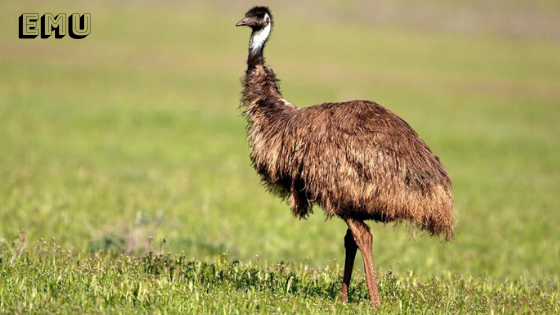
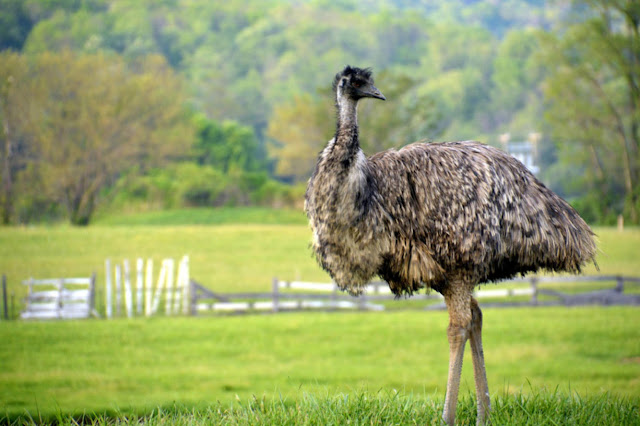
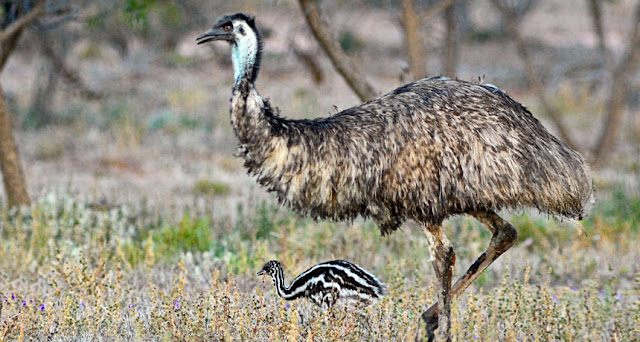
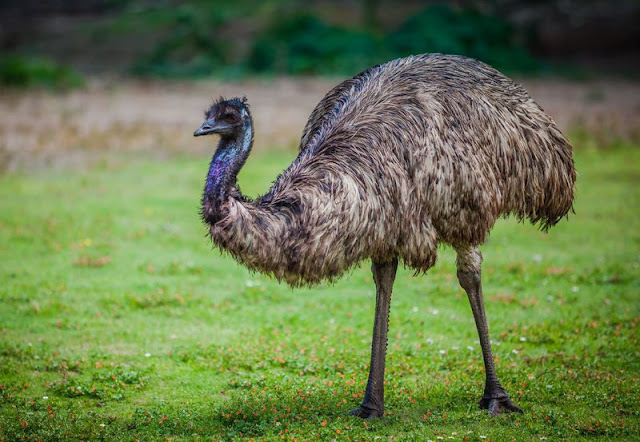
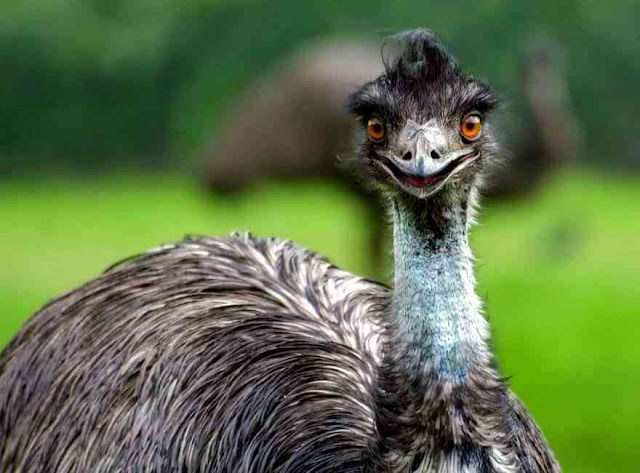
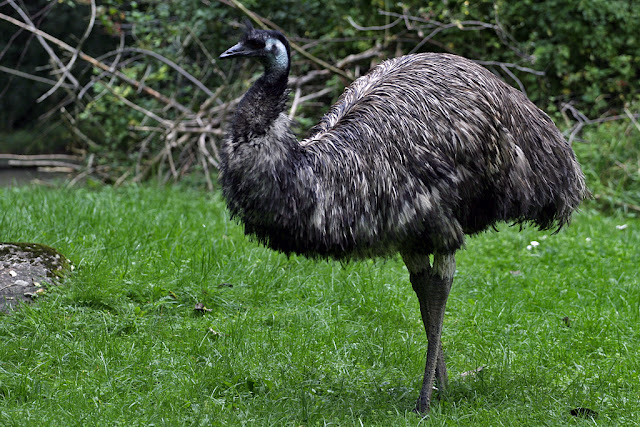
Comments
Post a Comment